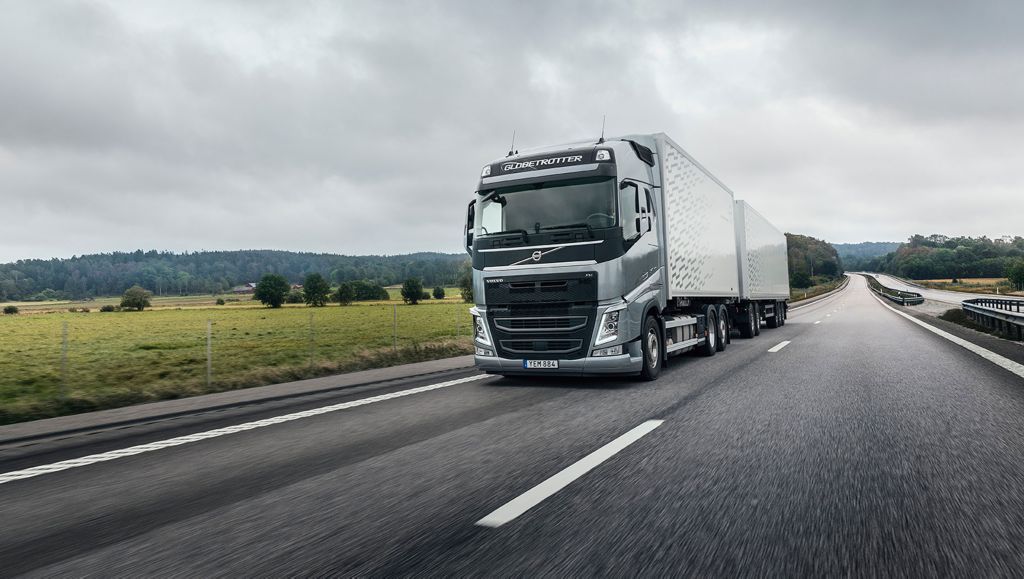How to specify your truck for fuel efficiency


Not surprisingly, it is the engine that has the greatest effect on fuel efficiency. A highly efficient engine will lower the temperature of exhaust gases, which account for around one-third of fuel-influencing factors. This in turn lowers fuel consumption. Less fuel is consumed at lower revs, so a powertrain should be optimized for this. A clutch or gearbox could be used to reduce engine speed, or the speed of a Power Take Off could be changed, for example.
There are many specifications to consider including drive ratios, tyre and wheel size, rear axle and gearbox. For example, if you often drive in hilly terrain or with heavier GCW then overdrive is preferable in a gearbox. However it is vital that everything is paired with the right rear axle.
Driving with the correct tyres and tyre pressure also contributes to rolling resistance, which should be lower to save fuel. You should also consider adapting tyres according to season. Retreaded tyres (where the casings of worn tyres are reused and receive new tread) are beneficial from a fuel consumption point of view.
When a truck is driven at constant speeds of 60-90 km/h, air resistance is one of the factors that has the greatest impact on fuel consumption. Specifying aerodynamic improvements to the roof, front and sides of today’s trucks can help to reduce air resistance.
These are a few ideas to consider when specifying a truck for better fuel consumption. For a more comprehensive list of tips, feel free to download my mini guide to specifying a truck for maximum fuel efficiency.

Johan Eknander
Johan Eknander is a System Engineer at Volvo Trucks.